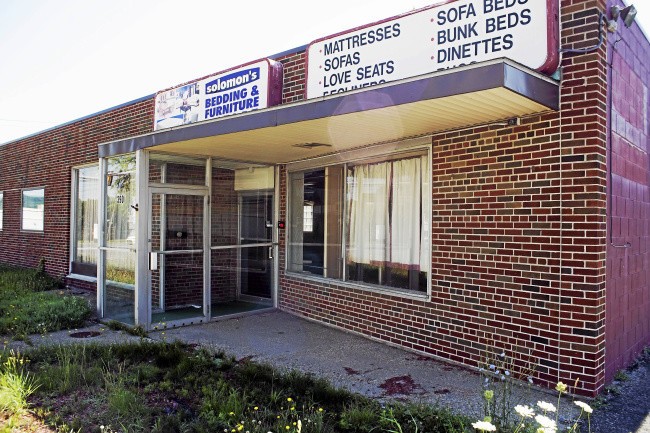Methadone Clinic Martinsville NJ
Home
Top Methadone Clinic Martinsville NJ Resources and Information Online
Methadone is affective when taken on once, twice, maybe 3 times a day, but no more than 30mg at a time,. The principal therapeutic uses for methadone are analgesia and detoxification or maintenance treatment in opioid addiction.
Com I have some articles that may lead you to some helpful answers. ... Chronic users often have high methadone and EDDP baseline values.[62] History[edit] 40 mg of methadone Methadone was developed in 1937 in Germany by scientists working for I. They started him off on low doses and now he is up to 90. Some clinics also offer short- or long-term detoxification services to their patients using methadone.
Much more Resources For methadone in pill form

Below are Some Even more Details on normal methadone dose Martinsville NJ
The new system would require that the treatments be provided based on best practice guidelines that parallel mainstream healthcare in a SAMHSA accredited Opioid Treatment Program (OTP). The liquid is just given out at Methadone clinics because it is easier to measure out exact doses rather than the 5, 10 and the old 40mg wafers they used to make. It is easy to reduce dosages, and it can be used safely in relatively high doses, which makes it a good option for what's usually called methadone maintenance therapy (MMT). CONTRAINDICATIONS Methadone hydrochloride oral concentrate is contraindicated in patients with a known hypersensitivity to methadone hydrochloride or any other ingredient in methadone hydrochloride oral concentrate.
Right here are Some Even more Information on methadone in pill form
Updated May 7, 2018 in Methadone 98 REPLIES SHARE RSS Liquid methadone 100 mg This my first time taking liquid methadone. A great deal of anecdotal evidence was available "on the street" that methadone might prove effective in treating heroin withdrawal and is not uncommonly used in hospitals and other de-addiction centers to enhance rates of completed opioid withdrawal. Some selective serotonin reuptake inhibitors (SSRIs) (e.g., sertraline, fluvoxamine) may increase methadone plasma levels upon coadministration with methadone and result in increased opiate effects and/or toxicity.
Right here are Some Even more Info on methadone symptoms side effects Martinsville NJ
It can be used as a pain reliever or as part of drug addiction detoxification and maintenance programs. If cessation of therapy is indicated, it may be appropriate to taper the methadone dose, rather than abruptly discontinue it, due to the risk of precipitating withdrawal symptoms. There is some clinical evidence that tolerance to analgesia is less with methadone compared to other opioids; this may be due to its activity at the NMDA receptor. These factors, combined with sedation, have been linked to the causation of extensive dental damage.[31][32] Overdose[edit] Most people who have overdosed on methadone may show some of the following symptoms: Miosis (constricted pupils)[33] Vomiting[34] Hypoventilation (breathing that is too slow/shallow)[33] Drowsiness,[33] sleepiness, disorientation, sedation, unresponsiveness Skin that is cool, clammy (damp), and pale[33] Limp muscles,[33] trouble staying awake, nausea Unconsciousness[33] and coma[33] Death[34] The respiratory depression of an overdose can be treated with naloxone.[30] Naloxone is preferred to the newer, longer acting antagonist naltrexone. Many factors contribute to its metabolism and excretion rate including the individual's body weight, history of use/abuse, metabolic dysfunctions, renal system dysfunction, among others.[citation needed] The metabolic half life of methadone differs from its duration of action. Each person is different and metabolizes medications differently. Everyone around an individual who is addicted to opiates suffers including the friends and family members, children, co-workers and employees, classmates and fellow student body, & the community.
Click Here for More Information
Previous Next
You may also like:
Methadone Clinic Rochester Hills MI
Methadone Clinic Bayonne NJ
Methadone Clinic Fort Lee NJ
Methadone Clinic Aliso Viejo CA
Methadone Clinic Atascadero CA